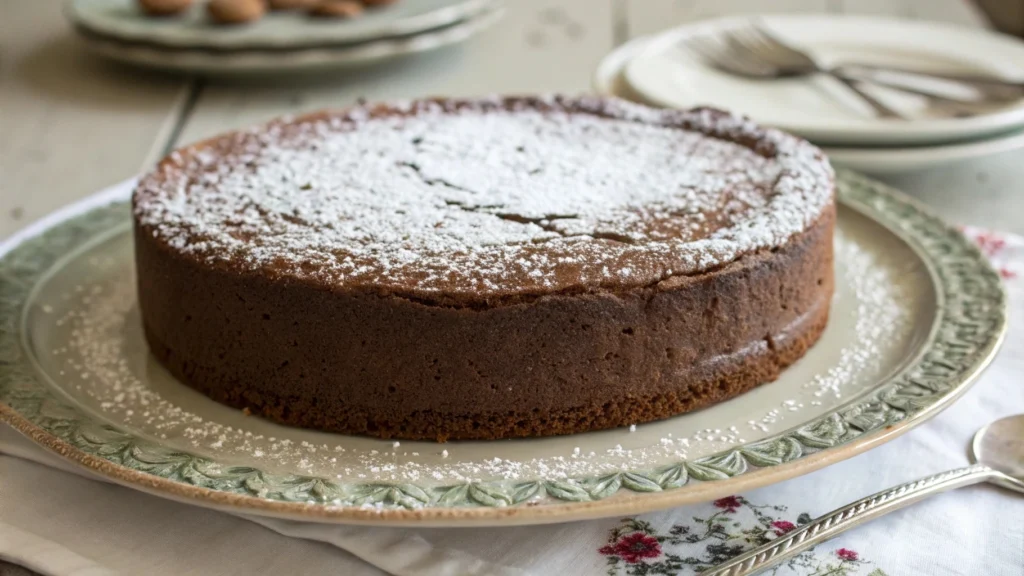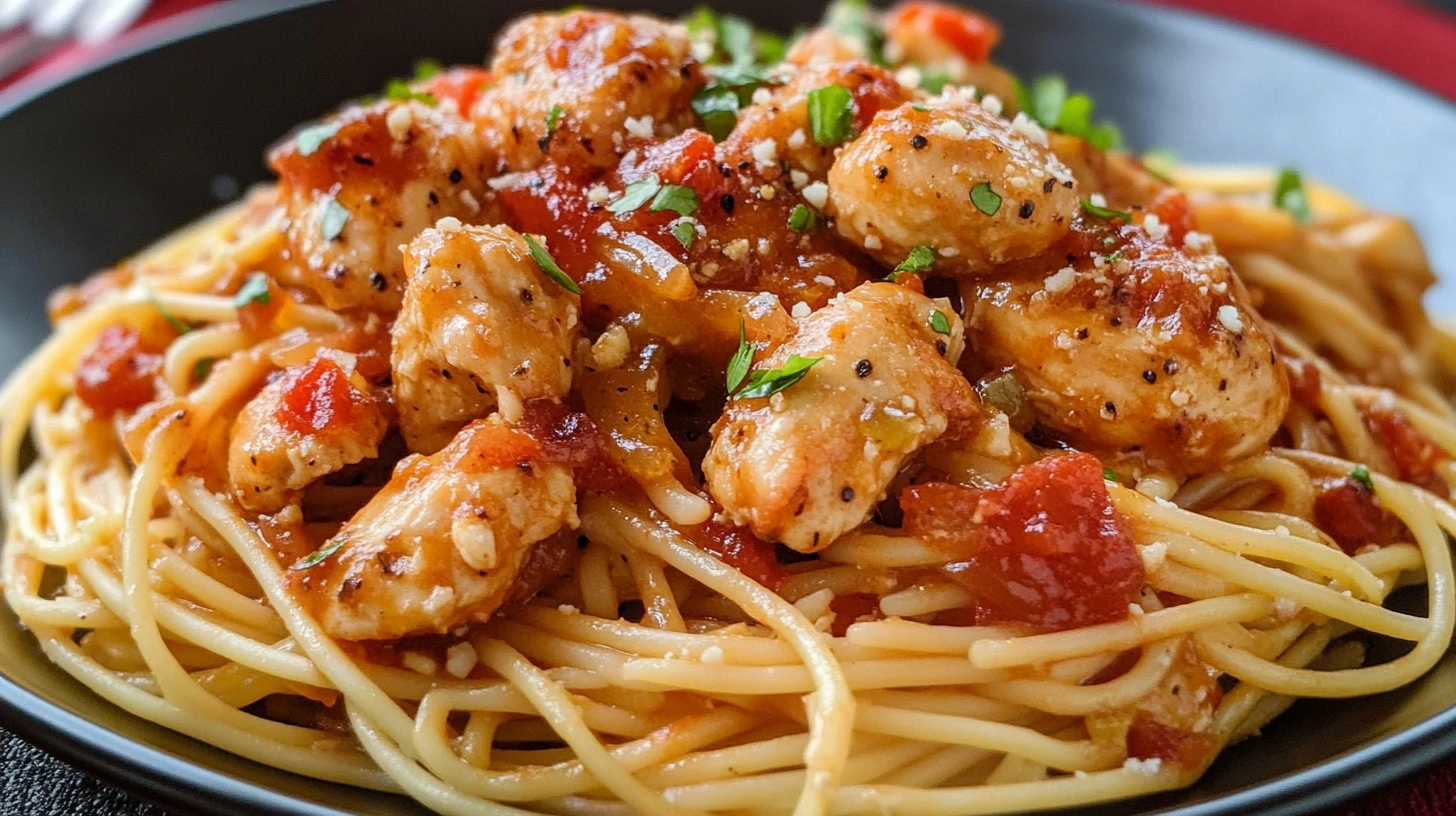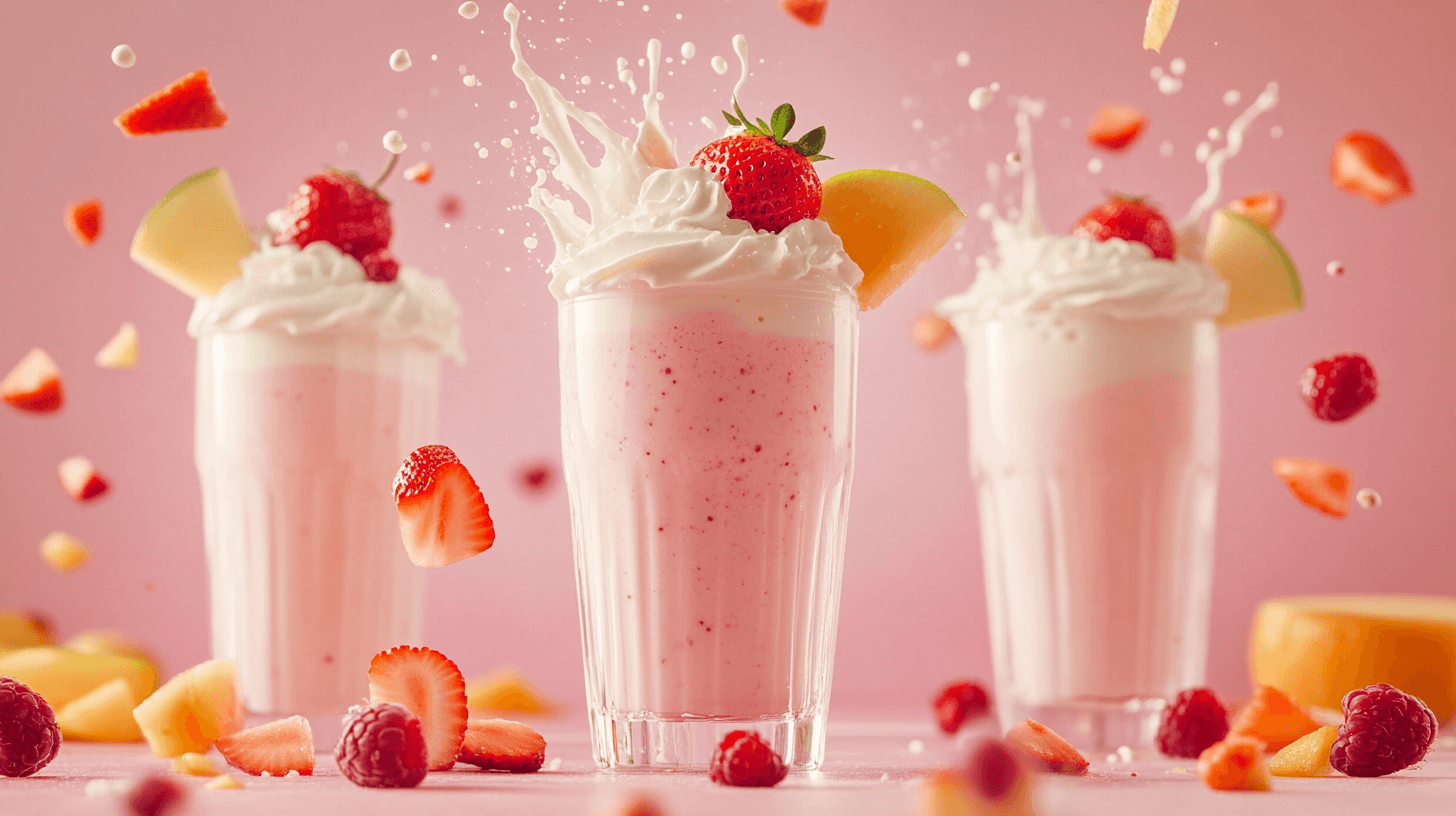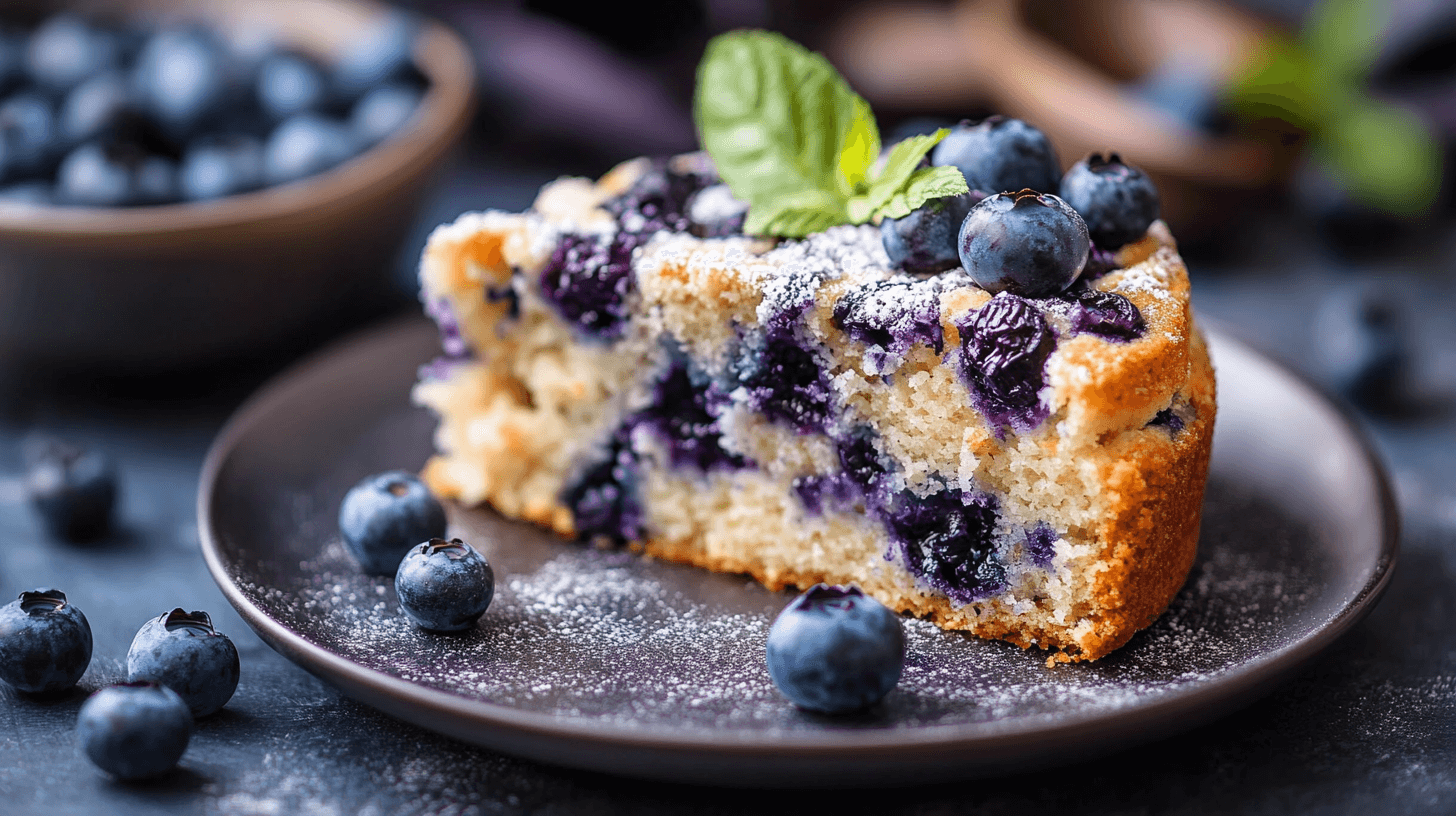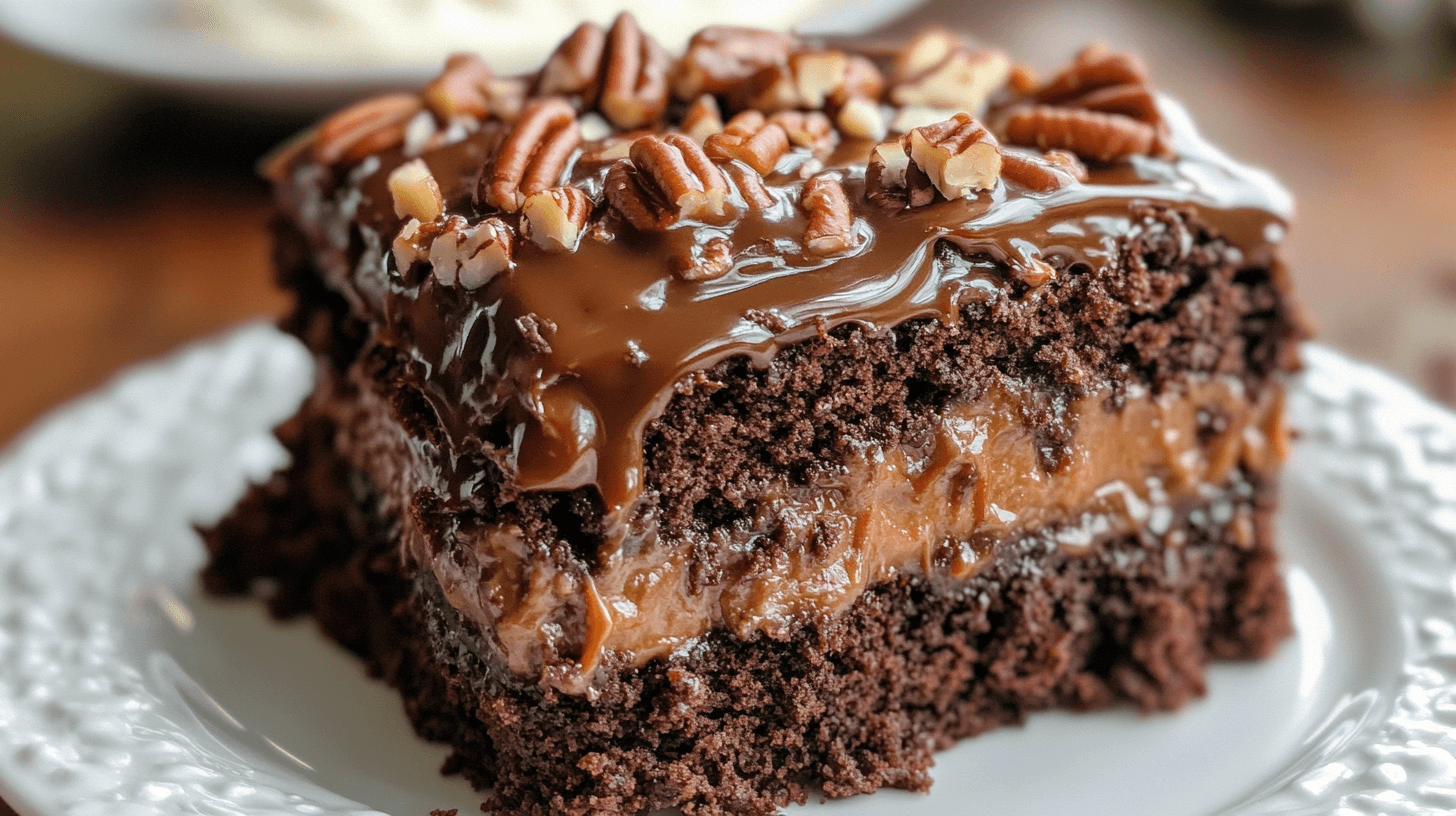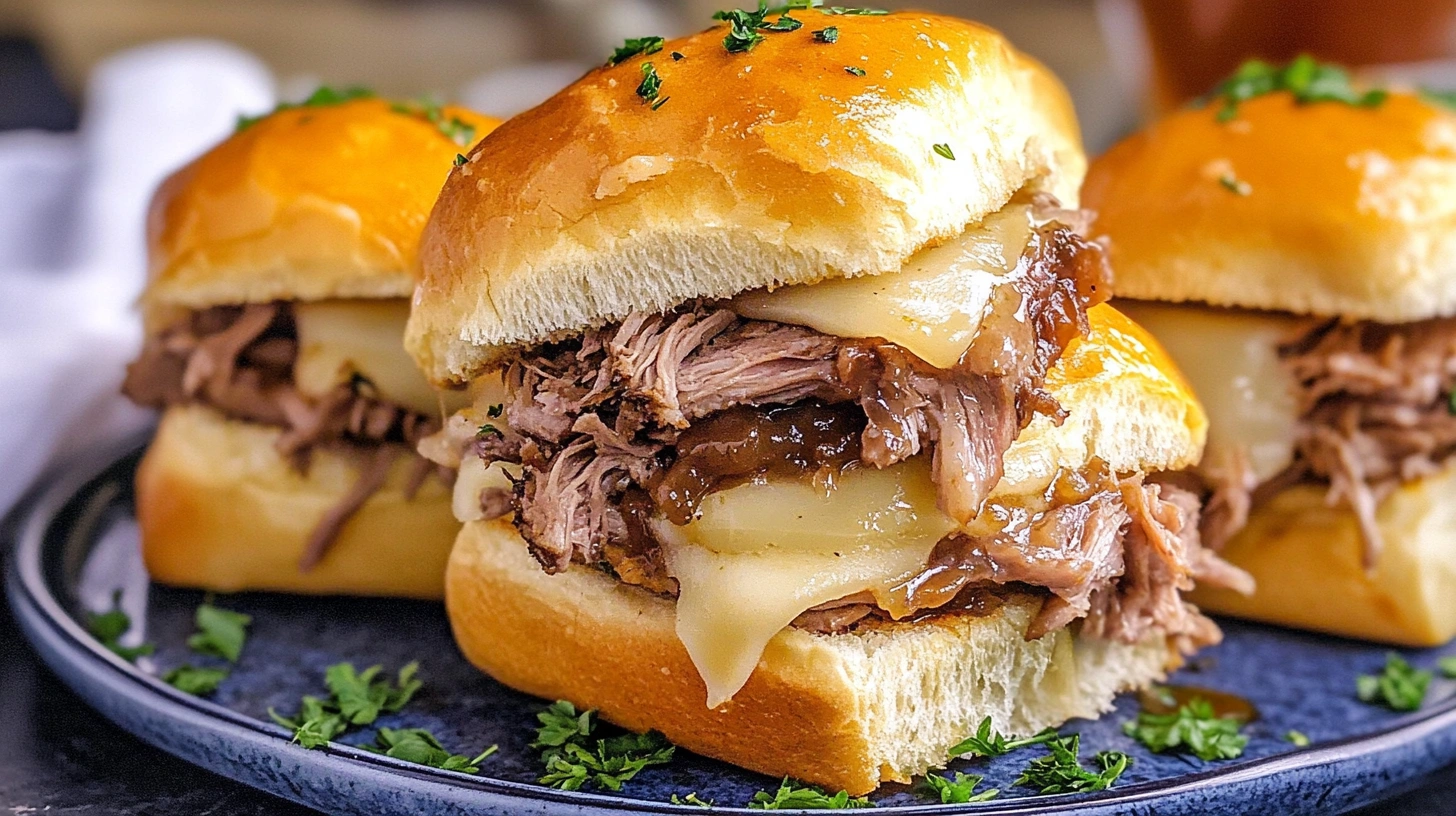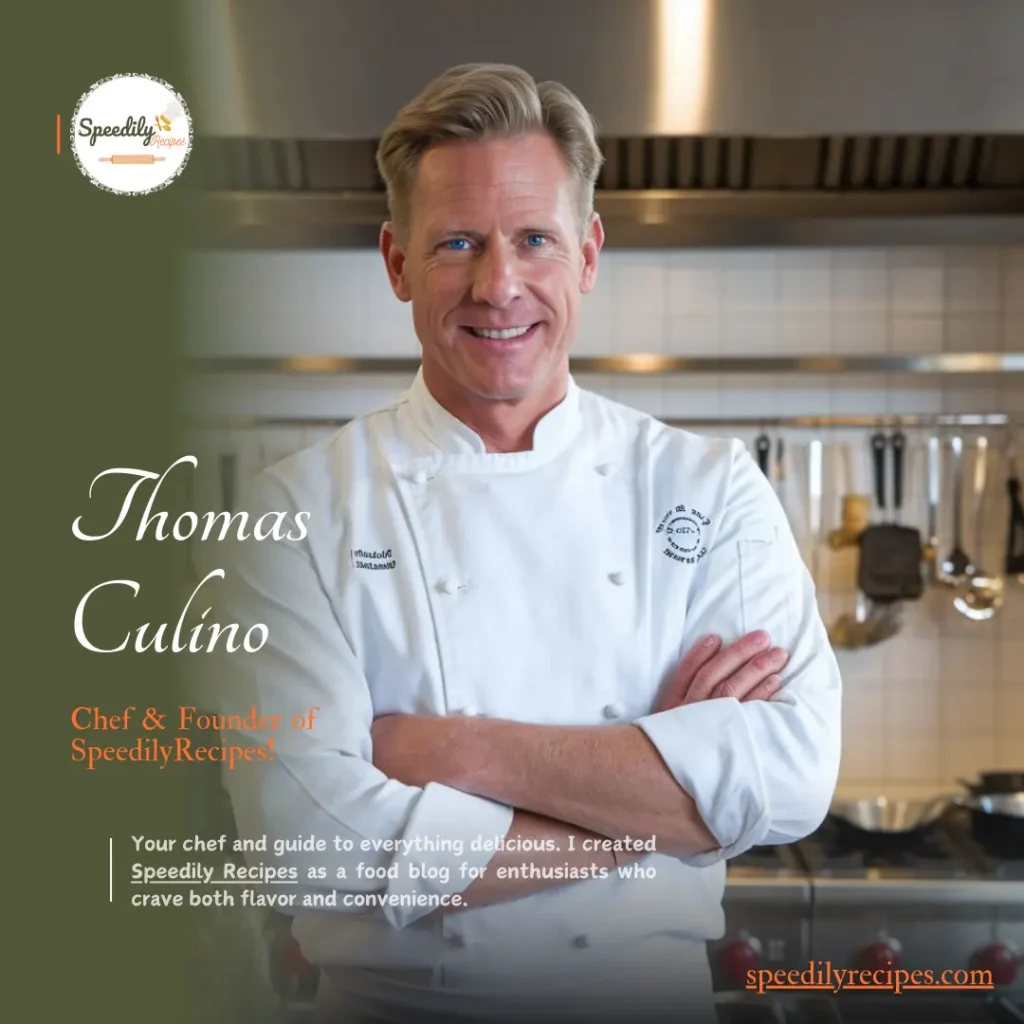Imagine walking into a 1920’s Recipe for Chocolate Cake kitchen. The smell of a freshly baked chocolate cake fills the air. This cake is more than a dessert; it’s a piece of American history from the Jazz Age.
The Roaring Twenties changed home baking. Chocolate, once a luxury, became available to all. Your grandmother’s kitchen was a place of creativity, where simple ingredients made amazing desserts.
This recipe shows the spirit of the era. Home cooks made incredible desserts with basic ingredients. Every tool and ingredient showed innovation and hope.
Table of Contents
The Sweet Legacy of Depression-Era Baking
The 1920s were a turning point in American cooking. The Great Depression and Prohibition made home baking a source of hope and creativity. Wacky cake and depression cake were more than desserts; they showed resilience and cleverness in the kitchen.
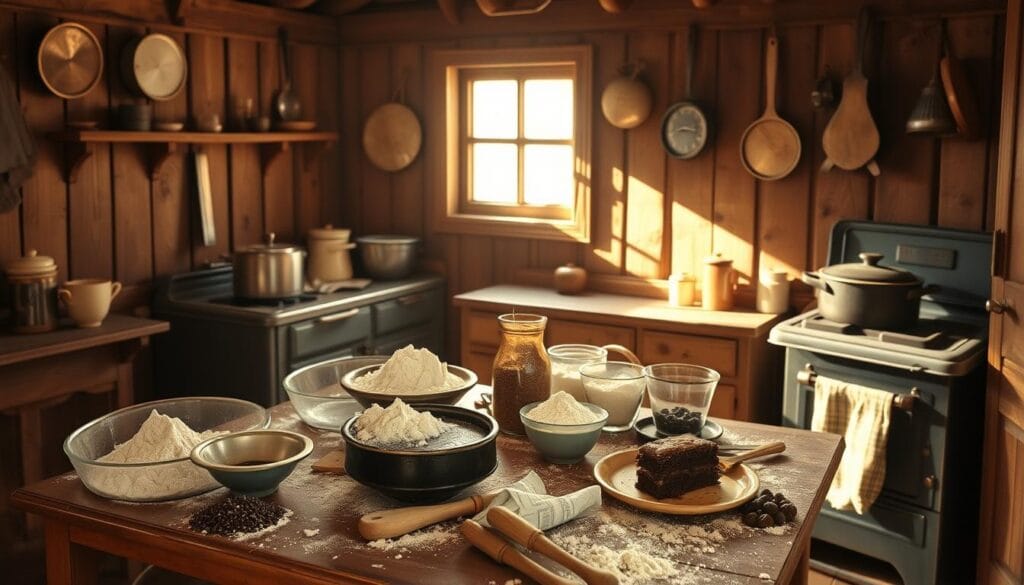
Home bakers had to get creative with little money. They used cocoa powder instead of expensive chocolate bars. This made delicious treats possible with few resources.
The Rise of Home Baking During Prohibition
Prohibition changed how Americans cooked. With fewer ways to have fun, baking became a comfort. It brought families together in the kitchen.
- Baking provided emotional comfort during difficult times
- Cocoa powder became a budget-friendly ingredient
- Home ovens transformed into centers of creativity
Impact on American Culinary Culture
The tough times led to amazing cooking ideas. Bakers made the most of what they had, creating dishes we love today.
| Ingredient | Cost-Effective Substitute |
|---|---|
| Chocolate Bars | Cocoa Powder |
| Expensive Fruits | Local, Seasonal Produce |
| Fresh Milk | Water or Powdered Milk |
Evolution of Chocolate Desserts
Depression-era baking changed chocolate desserts. Bakers made rich cakes with just a few ingredients. The wacky cake showed that tasty desserts could be made with little.
“Necessity is the mother of invention, in the kitchen.” – Anonymous Home Baker
Essential Vintage Kitchen Equipment and Tools
Making a moist chocolate cake in the 1920s was more than just mixing ingredients. It needed special kitchen tools that turned baking into an art. Your vintage kitchen was full of unique equipment that made baking an easy chocolate cake fun.
The 1920s were all about precision and creativity in baking. Bakers used tools that might seem strange today:
- Cast-iron skillets for even heat
- Hand-cranked mixers for control
- Wooden spoons for gentle mixing
- Special measuring cups with quirky designs
“Cooking is an art, and measuring is a science,” as vintage bakers would say.
Measuring ingredients was an adventure back then. Recipes used strange ways to describe amounts, like “butter the size of a hen’s egg.” They also talked about oven heat in vague terms like “moderate” or “quick.” Gas ovens were getting popular, with electric ones showing up in kitchens in the late 1920s.
| Vintage Measurement | Modern Equivalent |
|---|---|
| Scant cup | 1 cup minus 2 Tablespoons |
| Heaping cup | 1 cup plus 2 Tablespoons |
| Jill/Gill | Interchangeable volume measurement |
Your vintage kitchen was more than a place to cook. It was a place of culinary creativity. Each tool had a story of precision, creativity, and the joy of baking a memorable moist chocolate cake.
1920’s Recipe for Chocolate Cake: Original Ingredients and Measurements
Exploring vintage baking shows us how people made chocolate cake in the 1920s. The crazy cake recipe was a clever fix for tough times. It made a tasty chocolate cake without eggs, sparking creativity in home cooks.
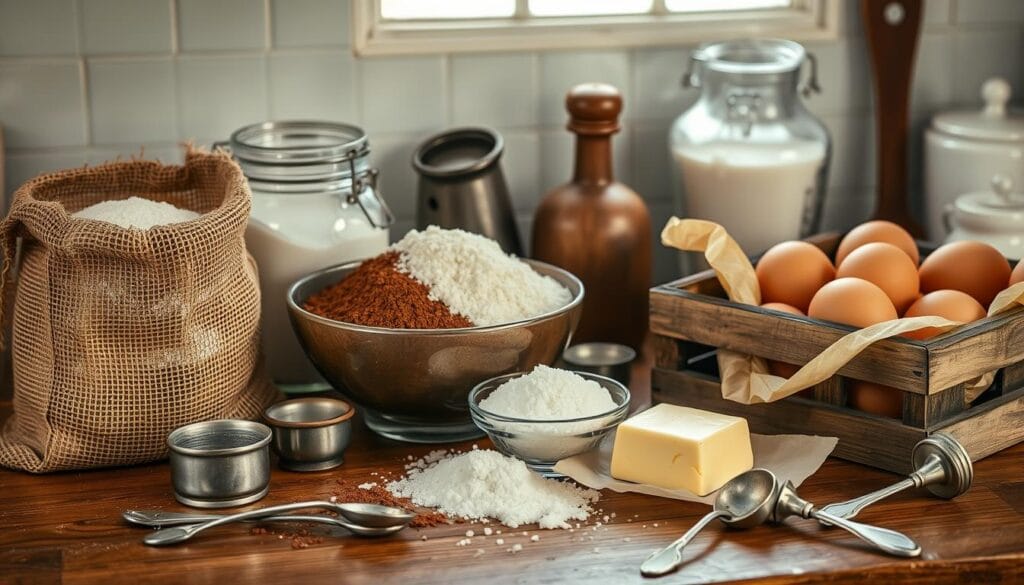
Making a traditional chocolate cake in the 1920s was different. People used special ways to measure ingredients and found unique sources for them. Before we had standard measuring tools, they used creative methods.
Understanding Period-Specific Measurements
Vintage bakers used methods that might seem strange today:
- Teacups were used instead of measuring cups
- Spoons from personal silverware sets measured ingredients
- They relied a lot on guessing the right amount
Authentic Ingredient Sourcing Guide
| Ingredient | 1920s Source | Modern Equivalent |
|---|---|---|
| Cocoa Powder | Baker’s Premium Baking Chocolate | Unsweetened cocoa powder |
| Flour | Local mill or general store | All-purpose flour |
| Sugar | Local grocer or sugar refinery | Granulated white sugar |
Modern Substitution Options
Today, bakers can update the classic recipe with new options:
- Plant-based milk with vinegar replaces buttermilk
- Olive oil is used instead of butter
- There are many egg replacers for vegan versions
*”Creativity in baking knows no boundaries, whether in the 1920s or today!”*
The 1920’s chocolate cake recipe had about 455 calories per slice. It shows a rich baking tradition that inspires bakers today.“Classic Chocolate Cake”
Preparing Your Kitchen the Old-Fashioned Way-1920’s Chocolate Cake Recipe
Turning your modern kitchen into a vintage baking spot is a fun project. It starts with setting up an authentic 1920s baking area. This will help you make the perfect chocolate craving cake.
- Wooden mixing spoon with long handle
- Ceramic mixing bowls
- Cast iron cake pan
- Vintage sifter
- Analog kitchen scale
Getting your ingredients ready is key. Make sure they’re at room temperature for better mixing. Grease your cake pan well with shortening and dust it with flour to avoid sticking.“Classic Chocolate Cake”
“Baking is an art that connects generations through taste and tradition.” – Julia Child
Your vintage kitchen needs careful setup. Preheat your oven to 350°F (175°C) for the best results. Create a mixing area with enough space and good light.
| Vintage Baking Tool | Modern Equivalent |
|---|---|
| Ceramic Mixing Bowl | Glass or Stainless Steel Bowl |
| Wooden Spoon | Silicone Spatula |
| Cast Iron Pan | Non-Stick Cake Pan |
Creating a 1920s baking atmosphere means keeping things simple and real. Good air flow will let you enjoy the amazing smells of your baking.
Traditional Mixing Techniques and Methods-1920’s Chocolate Cake Recipe
Making an old-fashioned chocolate cake is more than just a recipe. It’s about mastering the art of mixing. This turns simple ingredients into a beloved classic cake recipe passed down through generations.“Classic Chocolate Cake”
The magic of vintage baking comes from the hands-on approach. Your grandparents knew the secret to the best old-fashioned chocolate cake. It wasn’t just the ingredients, but the technique.
Hand-Mixing Best Practices
- Use a large ceramic or glass mixing bowl for optimal ingredient incorporation
- Invest in a sturdy wooden spoon or hand whisk
- Mix ingredients with consistent, gentle strokes
- Avoid aggressive beating that can toughen your cake batter
Temperature Control Guidelines
Temperature is key to making the perfect old-fashioned chocolate cake. Here are some important guidelines:
- Bring butter and eggs to room temperature (about 70°F)
- Use lukewarm milk or buttermilk
- Bloom cocoa powder in hot liquid to enhance flavor intensity
Achieving Perfect Batter Consistency
The perfect batter for a classic cake recipe should be smooth and creamy. Aim for a texture that falls slowly from your spoon, neither too runny nor too thick. Gently fold ingredients to keep air bubbles for a light, tender crumb.“Classic Chocolate Cake”
“Baking is love made visible” – Anonymous Baker
Mastering these traditional mixing techniques turns a simple recipe into a culinary masterpiece. It connects you to generations of home bakers.“Classic Chocolate Cake”
Mastering Vintage Baking Times and Temperatures-1920’s Chocolate Cake Recipe
Creating prohibition-era treats needs precision and patience. Baking a cake from the 1920s requires careful attention to time and temperature. With the right technique, your vintage chocolate cake will turn from raw ingredients into a delicious masterpiece.
Here are the key guidelines for baking your historical chocolate cake:
- Preheat your oven to 350 degrees Fahrenheit
- Use three 9-inch round cake pans for optimal results
- Bake layers for 22-25 minutes
- Check doneness with the toothpick test
Vintage baking comes with its own set of challenges. Wood-burning stoves of the past produced uneven heat, making it important to monitor closely. To ensure even cooking, rotate your cake pans halfway through baking.“Classic Chocolate Cake”
| Baking Parameter | Recommended Setting |
|---|---|
| Oven Temperature | 350°F (175°C) |
| Baking Time | 22-25 minutes |
| Cooling Method | Wire rack, completely cooled |
Pro tip: Allow cake layers to cool completely before frosting to prevent sliding and maintain structural integrity.
“Baking is an art that requires both science and soul” – Vintage Baking Wisdom
Remember, patience is key when making these nostalgic treats. Your attention to detail will take you back to the delightful prohibition-era treats of the 1920s.
Classic Frosting Recipes and Art Deco Decorations-1920’s Chocolate Cake Recipe
Explore the world of retro sweets from the roaring twenties. Back then, baking was an art form. Stunning chocolate cakes and detailed decorations brought historic baking traditions to life.“Classic Chocolate Cake”
Chocolate Boiled Icing: A Vintage Delight
The 1920s chocolate boiled icing is a peak of culinary creativity. Your vintage cake needs a frosting that captures the era’s elegance. This classic recipe includes:
- Granulated sugar
- Baking chocolate
- Evaporated milk
- Unsalted butter
- Pure vanilla extract
Period-Appropriate Decorating Techniques-1920’s chocolate cake recipe
Art Deco design turns your cake into a visual masterpiece. Use geometric patterns, metallic accents, and symmetrical designs. These reflect the Jazz Age’s vibrant spirit.“Classic Chocolate Cake”
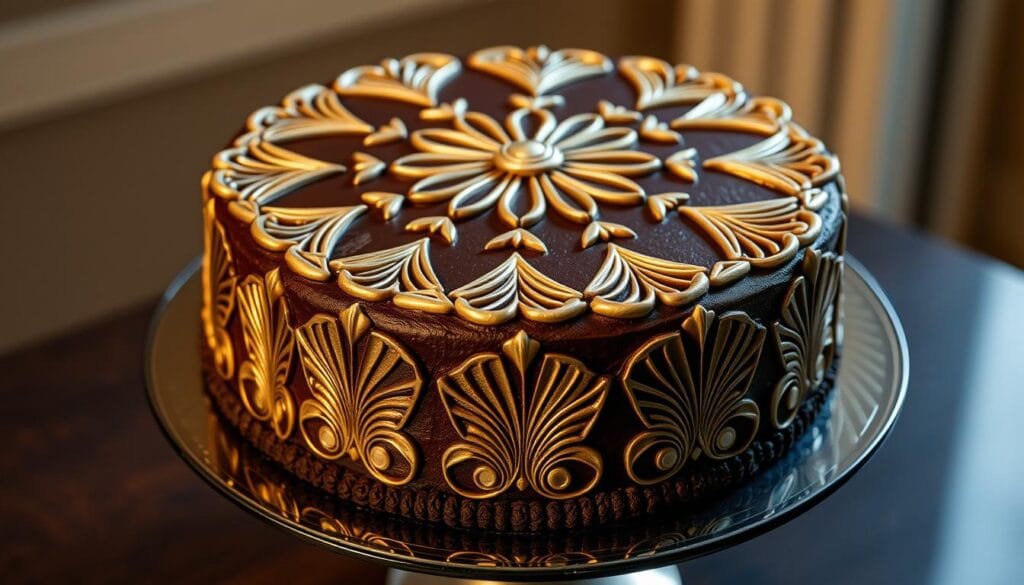
Presentation Tips from the Jazz Age-1920’s chocolate cake recipe
Make desserts that wow with these vintage presentation tips:
- Use piping bags for detailed geometric designs
- Add edible gold leaf for glamorous touches
- Design multi-tiered cakes with bold, symmetrical patterns
A perfectly decorated cake tells a story of its time, capturing the essence of an era’s culinary artistry.
| Decoration Technique | Difficulty Level | Visual Impact |
|---|---|---|
| Geometric Piping | Medium | High |
| Metallic Accents | Easy | Very High |
| Layered Design | Challenging | Extraordinary |
By embracing these historic baking traditions, you’ll turn your chocolate cake into a delicious time capsule. It celebrates the artistic spirit of the 1920s.“Classic Chocolate Cake”
Troubleshooting Common Issues in Vintage Baking
Mastering timeless desserts in American baking culture takes practice and patience. Even skilled bakers face challenges when making vintage recipes. Knowing common baking problems can help you get perfect results every time.“Classic Chocolate Cake”
Cake disasters can happen without warning, but knowing how to solve them is key. Here are some tips for your vintage baking adventures:
- Uneven Rising: Check your oven’s temperature with an oven thermometer
- Avoid opening the oven door during baking to prevent sudden temperature drops
- Ensure ingredients are at room temperature before mixing
- Measure ingredients precisely using period-appropriate techniques
Texture problems often plague home bakers trying classic recipes. A dry cake can be fixed by:
- Brushing with a simple syrup
- Adjusting liquid content in future batches
- Checking ingredient freshness
“Baking is an art of precision and passion” – Vintage Baking Wisdom
When dealing with sunken centers, look into possible causes like:
- Undermixed batter
- Incorrect leavening agent quantities
- Expired baking powder or soda
Vintage baking is about embracing imperfections and learning from each delicious experiment in American baking culture.
Conclusion
Your journey through 1920s baking has shown you the rich history of Jazz Age desserts. Each ingredient and technique connects you to home bakers. They turned simple things into amazing treats during tough times.
Learning this vintage chocolate cake recipe is more than just following steps. It’s about catching the spirit of innovation from the 1920s. By mastering traditional mixing and using the right ingredients, you make a dessert that lasts through time.
This recipe is all about trying new things. You can use buttermilk for moisture, brown sugar for flavor, and adjust baking temperatures. Your kitchen becomes a place where old and new meet.
As you try more vintage recipes, remember each slice has a story. The 1920s baking classic you’ve learned is more than a dessert. It’s a tasty link to America’s culinary past, ready to be shared and enjoyed in kitchens everywhere.“Classic Chocolate Cake”
FAQ
What is the world’s most famous chocolate cake?
The world’s most famous chocolate cake is often considered to be the Sachertorte. Originating from Austria in 1832, this decadent dessert is a moist chocolate cake filled with apricot jam and coated in a rich chocolate glaze.
What did they bake in the 1920s?
In the 1920s, home baking reflected the era’s cultural shifts. Popular baked goods included simple cakes, pies, and cookies, often made with affordable and readily available ingredients.
Why is it called a depression cake?
The term Depression Cake refers to a type of cake that became popular during the Great Depression in the 1930s. These cakes were made without expensive or hard-to-find ingredients like eggs, milk, or butter, which were scarce during the economic downturn.
What’s the difference between chocolate cake and German chocolate cake?
While both are chocolate cakes, the key difference lies in their ingredients and flavor profiles. A classic chocolate cake is made with cocoa or melted chocolate and typically has a smooth, rich chocolate taste.
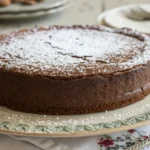
1920’s Recipe for Chocolate Cake | Bake a Slice of History
- Total Time: 55 minutes
- Yield: 1 two-layer 8-inch cake or 1 9×13-inch cake 1x
Description
This 1920s chocolate cake recipe is a nostalgic trip back to the Jazz Age, where desserts were made from scratch with pantry staples. This cake is light yet flavorful, with a tender crumb and a rich chocolate flavor. No fancy techniques—just good, old-fashioned baking. Perfect for serving with a dusting of powdered sugar or a thin layer of frosting.
Ingredients
For the Cake:
- 1 ¾ cups all-purpose flour
- 1 cup granulated sugar
- ½ cup unsweetened cocoa powder
- 1 ½ teaspoons baking powder
- ½ teaspoon baking soda
- ½ teaspoon salt
- 2 large eggs
- 1 cup whole milk
- ½ cup vegetable oil or melted butter
- 2 teaspoons vanilla extract
- ¾ cup boiling water
For the Frosting (Optional):
- ½ cup unsalted butter, softened
- 2 ½ cups powdered sugar
- ⅓ cup unsweetened cocoa powder
- ¼ cup milk
- 1 teaspoon vanilla extract
Instructions
- Preheat and prepare: Preheat the oven to 350°F (175°C). Grease and flour two 8-inch round cake pans or a 9×13-inch pan.
- Mix dry ingredients: In a large bowl, sift together the flour, sugar, cocoa powder, baking powder, baking soda, and salt.
- Add wet ingredients: Add the eggs, milk, oil (or melted butter), and vanilla to the dry ingredients. Mix until smooth.
- Add boiling water: Slowly stir in the boiling water. The batter will be thin—this is normal.
- Bake: Pour the batter into the prepared pans. Bake for 30–35 minutes (for round pans) or 35–40 minutes (for a 9×13 pan), or until a toothpick inserted in the center comes out clean.
- Cool and frost: Allow the cake to cool completely before frosting.
- Make the frosting (optional): Beat the softened butter, powdered sugar, cocoa powder, milk, and vanilla until creamy and spreadable. Spread over the cooled cake.
Notes
- For an authentic 1920s touch, skip the frosting and serve with whipped cream or a sprinkle of powdered sugar.
- Add a teaspoon of coffee to the boiling water for a deeper chocolate flavor.
- This cake keeps well for up to 3 days at room temperature or can be frozen for longer storage.
- Prep Time: 20 minutes
- Cook Time: 35 minutes
- Category: Breakfast
- Cuisine: American
Nutrition
- Serving Size: 12 servings
- Calories: 280 (without frosting)
- Fat: 12g
- Carbohydrates: 42g
- Protein: 4g
Keywords: 1920’s recipe for chocolate cake
“Did you know that Neapolitan chefs created their own version of the Sacher cake? Discover the fascinating history behind this unique dessert and how it compares to the original!”

